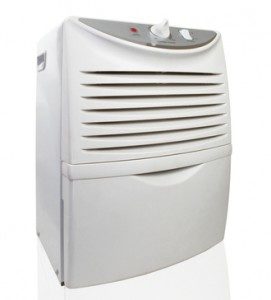Common Myths & Misconceptions About Indoor Air Quality

You want to be able to take the best care possible of your family, especially when it comes to being comfortable, healthy and safe inside the home. You have an electrical safety inspection conducted and install a monitored security system. Yet, one of the most frequent essential components that gets overlooked for the well-being of your family is the indoor air quality.
Although this is an even higher priority if anyone in your household suffers from asthma or allergies, everyone can benefit from better quality air to breathe. And that is just one of many examples of the common misconceptions that cause homeowners to ignore the need to invest in having better quality air.
Do You Know the Truth About Indoor Air Quality?
You may find you have believed one or more of these, and it is time to learn the truth.
Probably the most common, and most damning, misconception is that only outdoor air is something to worry about. The truth of the matter is that, in many cases, indoor air is believed to be 2-100 times more polluted than outdoor air. The problem is that home building methods have gotten so effective for sealing everything tight to make the house more energy-efficient. Unfortunately, that also means trapping air as opposed to letting it circulate, which is unhealthy, to say the least.
Homeowners also forget that cleaning the house should include cleaning the air ducts. The erroneous belief is that air ducts don’t require cleaning when, in fact, they are probably the most important component to clean. Your ducts are like the respiratory system of the home; they circulate air through the HVAC system and distribute it into rooms, making your household more comfortable. Yet, without proper cleaning, that air is going to end up carrying dust, dander and other airborne contaminants, such as dust mite feces.
But your home is brand new, right? So surely, the indoor air quality must be just fine. The issue is that you still have lingering dust and VOCs from building and painting your house. Plus, the newer the home, the tighter the seal for enhanced energy-efficiency. You should still implement methods to improve your air quality, including getting duct cleaning on a regular basis.
The bottom line is that these are just a few of the most common examples of misconceptions about indoor air quality that can do so much damage. Stop putting your health at risk by ignoring the fact that you need to do something about the air you and your family breathe inside your home.
Time For a Change
If you would like to get proactive about improving the indoor air quality inside your home, our pros here at DR Cool can help with that. We are dedicated to the customer experience, including ensuring your total and complete satisfaction, once the job is complete. Heating, cooling and indoor air quality happens to be our specialty and our company name has become synonymous with excellence.











